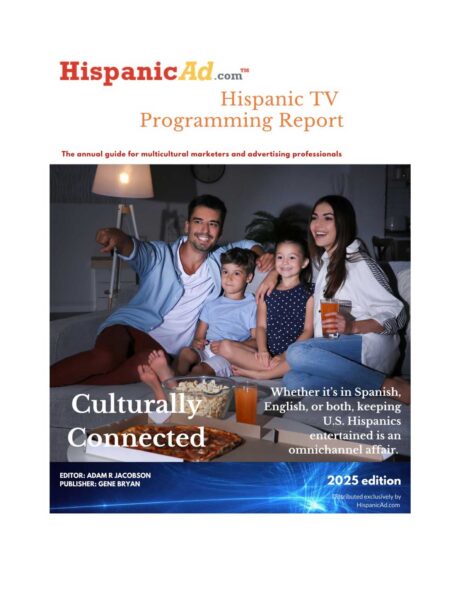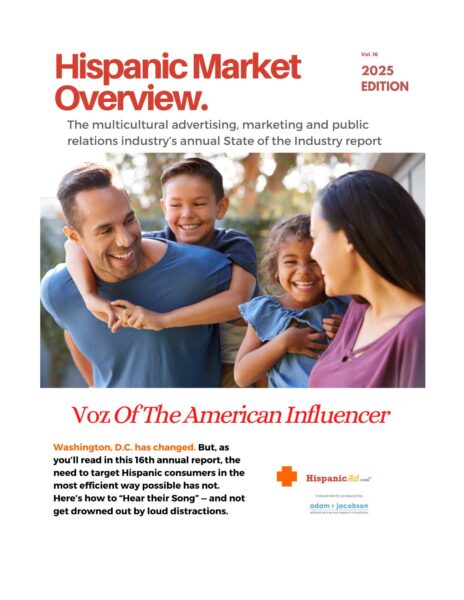Millennials Spend Nearly One Day Every Week on Their Phones
December 4, 2015
Across the U.S., the average Millennial (aged 16-30) with internet access, spends 3.1 hours a day on their mobile devices – the equivalent of 21.7 hours – almost a whole day – every week. That’s 1,128 hours or 47 days over the course of a year, this according to Connected Life, a study of over 60,000 internet users worldwide from global research consultancy TNS.
U.S. Millennials prioritize social over other forms of media, with 71% using social media daily, or watching online video (76%). This age group is also the most likely to adopt new buying methods such as mobile payments with 9% of U.S. millennials using mobile payment applications daily. They also continue to consume media in traditional ways (e.g. TV, radio) but with much lower frequency than older generations.
Focusing on how to use new channels to engage millennials can be an expensive distraction. By constantly trying to keep up with the most digitally advanced consumers, brands risk leaving behind other consumers who are also shifting their patterns of behavior, albeit at a slower pace.
For older consumers who are online, traditional media habits still hold strong with the 46-65 age group spending 4.3 hours each day watching TV, reading newspapers and listening to the radio; nearly three hours more than the average millennial (2.9 hours). Yet older consumers are still a shifting target, and are using online platforms on a much more regular basis. Those online aged 46-65 spend 1.2 hours a day on their phones, while 42% use Facebook on a daily basis.
This dual pace in consumer adoption rates is creating a growing ‘digital divide’ that is most evident in Western markets, particularly the US, UK, Germany and France, leaving many businesses struggling with how they can tailor content for different audiences.
Kris Hull, Digital Lead of TNS Americas, said:
“Brands need to be wary of making sweeping assumptions about the digital habits of different age groups. While millennials are clearly an important demographic, Generation X (aged 31-45) and the baby boomers (aged 46-65) generally have higher disposable incomes, established buying patterns and are spending increasingly more time online. Brands are often too focused on the need to market to their most advanced digital consumer, when actually a tiered strategy, reflecting where the spending power actually sits, may be more appropriate.”
In today’s fragmented media landscape, millennials are using even more platforms across IM, social and traditional channels. Over half (55%) of 16-30 year olds use instant messaging every day, up from 36% last year, while almost three hours a day are spent watching video on-demand and TV shows on the internet.
Hull continued:
“As brands race to catch up with consumers and stay up-to-date on the newest platforms, they need to address two challenges. First, they need to make sure they are focusing on the content-driven, shareable campaigns that really cut through with this user group. Second they need to not fall into the trap of assuming that older customers can be easily targeted solely through traditional media. Patterns of behavior are also shifting among these groups and their higher spending power means tailored messaging and media plans are essential.”




























